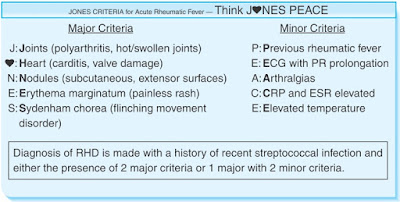Potassium Deficits in Hypokalemia: A Guide for Clinicians
Potassium Deficits in Hypokalemia: A Guide for Clinicians
Hypokalemia, defined as serum potassium levels below 3.5 mmol/L, reflects a potassium deficit that can disrupt neuromuscular and cardiac function. For medical professionals, understanding the extent of potassium loss, its causes, and correction strategies is key to managing this common electrolyte imbalance. This article explores hypokalemia potassium deficits and offers practical insights for diagnosis and treatment.
Quantifying Potassium Deficits in Hypokalemia
Potassium is predominantly intracellular, with only 2% in extracellular fluid. Serum levels, while measurable, imperfectly reflect total body stores. As a rough guide:
- Mild Hypokalemia (3.0–3.5 mmol/L): Deficit of ~100–200 mmol.
- Moderate Hypokalemia (2.5–2.9 mmol/L): Deficit of ~200–400 mmol.
- Severe Hypokalemia (<2.5 mmol/L): Deficit exceeds 400 mmol, often with life-threatening symptoms.
For every 0.3 mmol/L drop below 3.5 mmol/L, the total body potassium deficit increases by approximately 100 mmol. However, coexisting factors like acid-base status or magnesium depletion can complicate this estimate.
Causes of Potassium Deficits
Hypokalemia arises from inadequate intake, excessive loss, or intracellular shifts:
- Renal Losses: Diuretics (e.g., thiazides, loop diuretics), hyperaldosteronism, or magnesium deficiency.
- Gastrointestinal Losses: Vomiting, diarrhea, or laxative abuse—often seen in acute settings.
- Shifts: Alkalosis, insulin therapy, or beta-agonist use (e.g., albuterol) drives potassium into cells.
- Dietary: Rare as a sole cause but relevant in starvation or anorexia cases.
Pinpointing the etiology guides correction and prevents recurrence.
Clinical Manifestations and ECG Findings
Potassium deficits impair membrane polarization, leading to:
- Muscular: Weakness, cramps, or paralysis (severe cases).
- Cardiac: Arrhythmias, especially in patients on digoxin or with heart disease.
- ECG Changes:
- Flattened or inverted T waves.
- Prominent U waves (often mistaken for QT prolongation).
- ST-segment depression in severe cases.
ECG monitoring is critical, as arrhythmias like atrial fibrillation or ventricular tachycardia can emerge below 2.5 mmol/L.
Managing Potassium Deficits
Correcting low potassium levels requires a tailored approach:
- Assess Severity: Severe hypokalemia (<2.5 mmol/L) or symptomatic cases (e.g., arrhythmias) demand IV potassium.
- Repletion:
- Oral: Potassium chloride (20–40 mmol doses) for mild-to-moderate cases. Safe and effective if tolerated.
- IV: 10–20 mmol/hour via peripheral line (max 40 mmol/L concentration to avoid vein irritation). Central lines allow faster rates if urgent.
- Monitor: Recheck potassium every 2–4 hours during IV therapy; watch for overcorrection (hyperkalemia risk).
- Address Magnesium: Correct hypomagnesemia (common in diuretic-related cases) to ensure potassium uptake.
A typical 70-kg patient with a 300 mmol deficit might need 60–100 mmol IV plus oral supplementation, adjusted for renal function.
Read also:



